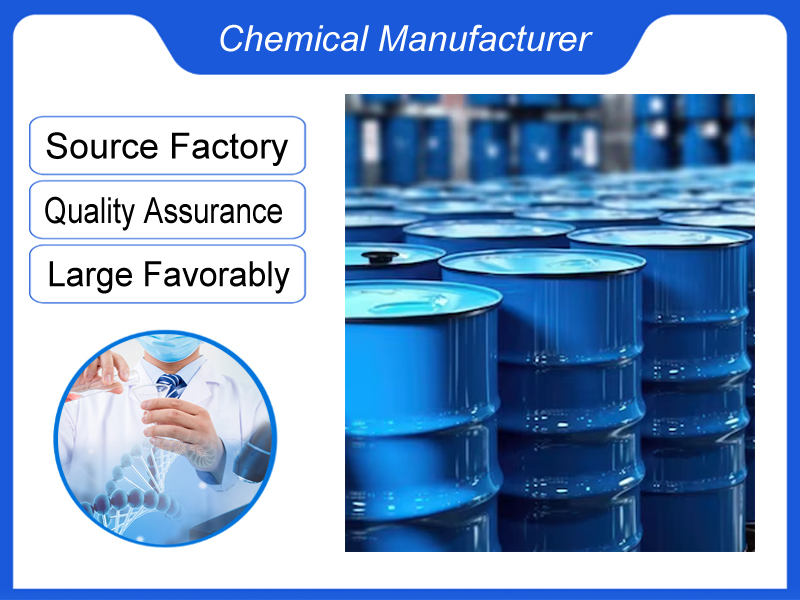
Anionic Polyacrylamide
We are a manufacturer based in China. We specialize in providing high-quality Anionic Polyacrylamide for industrial clients across various sectors. Whether you need chemicals consultation or technical support, our team is here to help.
Category:Chemical Additives Own Brand:MT /MOQ:100KG /From China/ B2B only.
Introduction
Anionic Polyacrylamide is a polymer of acrylamide and its salts, it is used in papermaking, chemical, petroleum, metallurgical, mining and other industries.
Anionic Polyacrylamide (APAM): Properties and Applications
Table 1: Key Characteristics of Anionic Polyacrylamide
| Property | Description | Significance |
|---|---|---|
| Molecular Weight | 5–25 million Daltons | Determines flocculation efficiency |
| Charge Density | 10–40% (anionic) | Affects particle adsorption capacity |
| Solubility | Water-soluble | Easy to apply in aqueous systems |
| Appearance | White powder or granules | Convenient storage & handling |
| pH Stability | Effective at pH 5–10 | Suitable for most wastewater conditions |
Table 2: Major Industrial Applications
| Industry | Application | Function |
|---|---|---|
| Wastewater Treatment | Flocculant for sludge dewatering | Enhances solid-liquid separation |
| Paper Manufacturing | Retention & drainage aid | Improves paper strength & production efficiency |
| Mining & Mineral Processing | Tailings treatment | Settles fine particles, reduces water usage |
| Oil & Gas | Drilling fluid additive | Controls viscosity & reduces fluid loss |
| Agriculture | Soil conditioner | Reduces erosion & improves water retention |
Table 3: Comparison with Other Flocculants
| Flocculant Type | Advantages | Disadvantages |
|---|---|---|
| Anionic PAM | High efficiency in neutral/alkaline conditions | Less effective in acidic wastewater |
| Cationic PAM | Better for organic sludge | More expensive, sensitive to pH |
| Nonionic PAM | Broad pH compatibility | Lower charge density |
| Inorganic Coagulants (e.g., Alum) | Low cost | Produces more sludge, less efficient |
Table 4: Performance Data in Wastewater Treatment
| Parameter | APAM Performance | Typical Dosage (mg/L) |
|---|---|---|
| Turbidity Removal | 85–95% reduction | 0.5–5 |
| COD Reduction | 30–60% reduction | 1–10 |
| Sludge Dewatering | 20–40% solids content | 2–8 (kg/ton dry sludge) |
Table 5: Safety & Environmental Considerations
| Factor | Status | Regulatory Notes |
|---|---|---|
| Toxicity | Low (but residual acrylamide monitored) | Regulated by EPA, REACH |
| Biodegradability | Slow | Requires proper disposal methods |
| Handling | Dust control needed | May cause respiratory irritation |
Anionic polyacrylamide (APAM) is a highly effective water-soluble polymer widely used in wastewater treatment, mining, and paper industries due to its superior flocculation capabilities. Compared to cationic and nonionic PAMs, it performs best in neutral to alkaline conditions. While safe when properly handled, residual acrylamide content must be controlled per environmental regulations.
,Disclaimer: The above content is for reference and communication only among industry insiders, and does not guarantee its accuracy or completeness. According to relevant laws and regulations and the regulations of this website, units or individuals who purchase related items should obtain valid qualifications and qualification conditions.
If you're ready to take the next step, Leave your message below and we’ll reply soon. 20+ years of chemical manufacturing & export experience, a partner you can trust.





